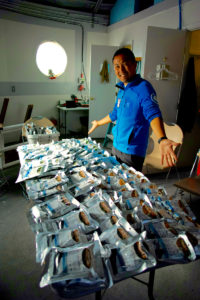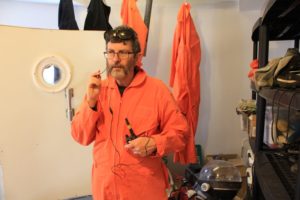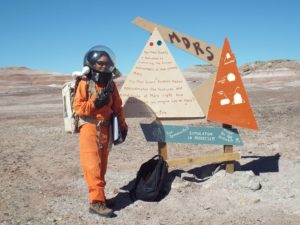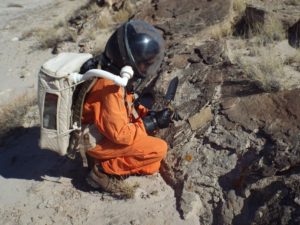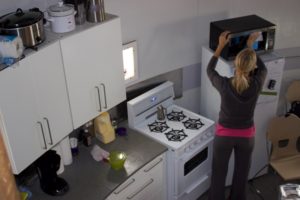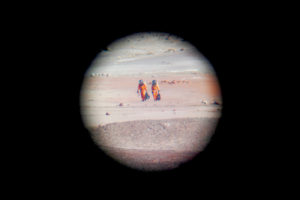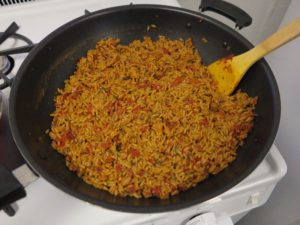Science Report for October 4th
WHAT’S INVERTED RELIEF AND WHY IS IT IMPORTANT AT MDRS AND ON MARS?
The area round The Mars Desert Research Station nearHanksville is
characterised by long, curving shale ridges capped by sandstone, these
are being eroded to form the distinctive beehive shaped hills that
characterise the area. These deceptively simple features have an
interesting history that links their formation with the modern
landscape and to that of Mars.

The distinctive ridges of the landscape near the Mars Desert Research Station
One hundred and 50 million years ago the area that is now Utah was
part of a north-eastward-draining floodplain. The climate was hot,
tropical, but strongly seasonal, not unlike northern Australia today.
Numerous rivers drained the floodplain depositing clean sands and
conglomerates while red and purple muds were deposited on the
floodplain, mixed with abundant ash from volcanoes to the west. These
sediments were buried and turned to rock, mineralised water flowed
along the permeable sandstones, forming rounded pea-sized crystals of
iron-rich carbonate in the fine sands and cementing the coarse sands
with silica.
These sediments are now being eroded, the sandstones are being more
resistant to erosion than the shales and this form in the ridges that
cross the landscape. This is what is called exhumed and inverted
relief. Exhumed , because the shales that buried the channels are
being removed, and inverted, because the channels, once the low points
in the landscape, are now ridges. On the sides of these ridges the
iron carbonate are being eroded out and form surface deposits of
spherical and near spherical concretions.

Pea-sized concretions eroding out of sandstones near the Mars Desert
Research Station
The inverted relief and the concretions are just two of the many
features that make the Hanksville area such a good Mars analogue.
Inverted relief is common on Mars and, as on Earth these represent
inverted river channels, for example those of Eberswalde Crater or
valleys that have been filled by flowing lava.
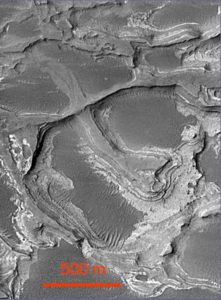
Exhumed and inverted channels from Eberswalde crater, image Malin
Space Systems/NASA
The famous “blue berries discovered by the Opportunity rover mission
in the first days following landing are concretions similar in shape
and expression to those found near the Mars Desert Research Station.
This is despite their smaller size (mostly only slightly larger than
pepper corns), and different composition (iron oxide instead of
carbonate).
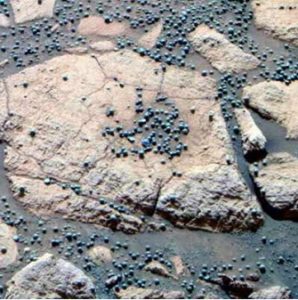
Iron oxide concretions from Eagle crater False-colour image by the
Opportunity rover mission (NASA)
These features of the Mars Desert Research Station environment allow
us to explore and study geological and landscape features at a scale
similar to those found on Mars and apply the lessons to understanding
martian features and history. It also provides a visually,
topographically, and geologically realistic environment to test
instruments and procedures and conduct operations to assist future
mission




